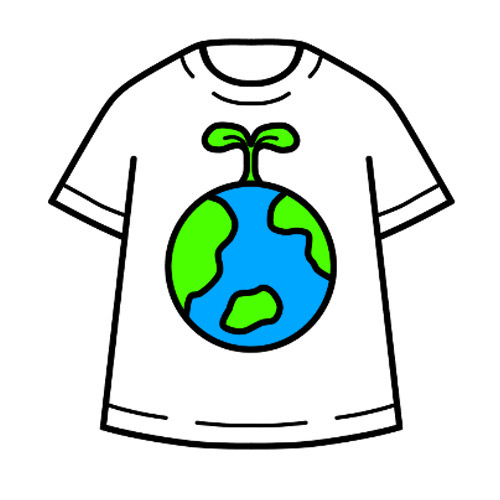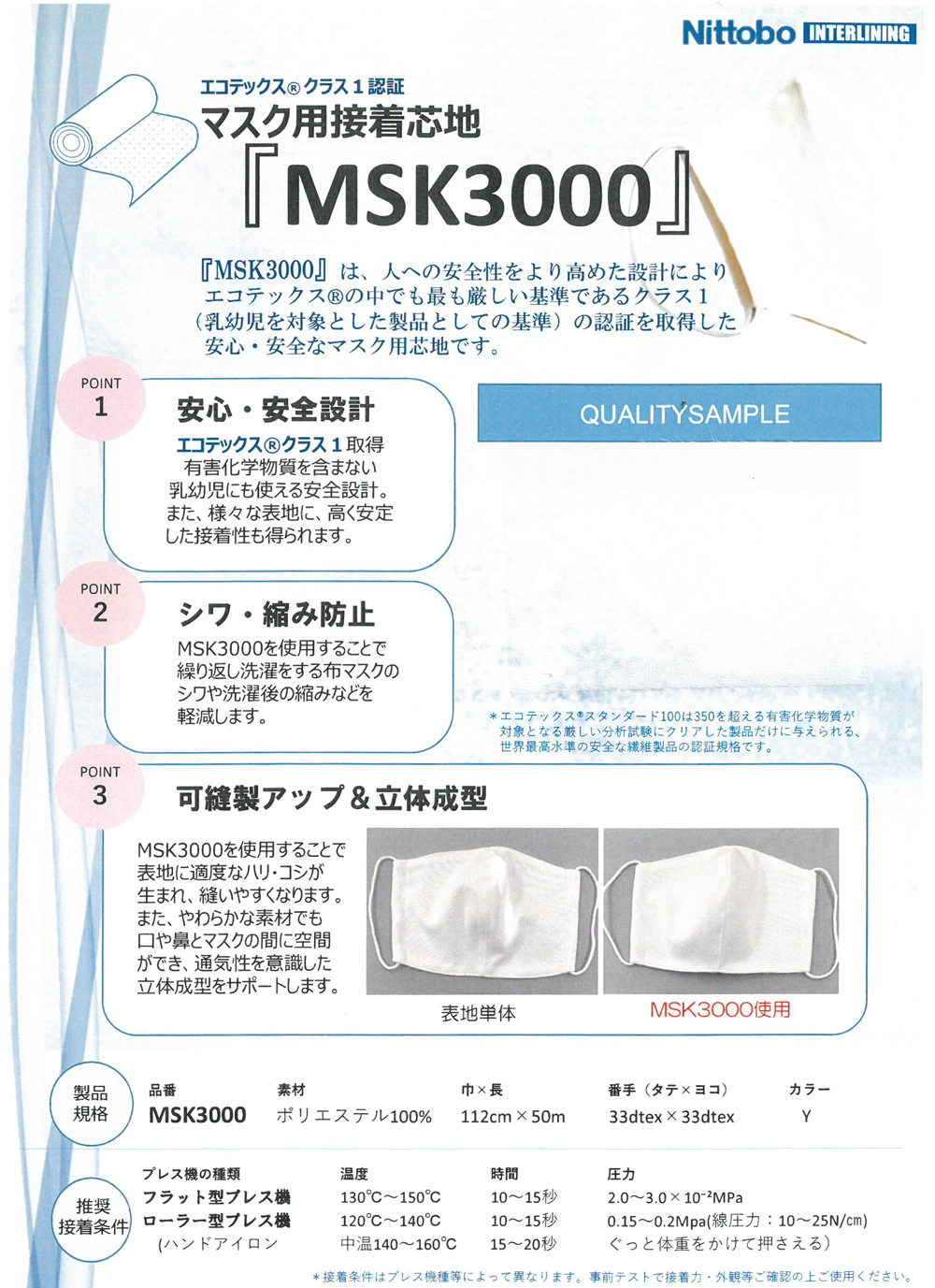I’ll explain what kind of materials are sustainable fabrics and materials!

I’m Kayaba, the editor of ApparelX News.
Recently, I have been receiving more and more requests for sustainable fabrics every day. This is not only from the apparel industry, but also from the pet and interior design industries. I think that’s how much consumers are becoming more aware.
There are many ways to look at the term “sustainable”, and I think it’s important to choose one that fits your brand, so I will introduce a variety of materials.
Contents
What exactly are sustainable materials?
What does a sustainable product look like?
The reason behind the global use of this term was environmental pollution and resource depletion. Today, the term has evolved further, and some believe that a business is not sustainable unless it is sustainable.
For example, is it sustainable to have subcontracted factories produce goods at low prices, while the workers in those factories continue to suffer? It is said that the Rana Plaza collapse and other incidents have made many people aware of this issue.
When I visited Première Vision in Paris once, the fabric of a manufacturer who makes bags and other products using canvas made from banana trees called Bananatex cost more than 5,000 yen per meter, but he told me that it was expensive because they paid the local people well.
However, price is also important when consumers make purchases, so I think it is best to use materials that match the brand image and what the customer wants.
Next, let’s take a look at the various types of sustainable materials.
Recycled materials
Recycled polyester, recycled nylon, and other materials are made by reusing so-called plastic bottles and other materials that would otherwise have been thrown away.
The technology is more advanced here, and the price seems to be a bit higher for the same structure. Also, the development of this fabric is progressing and many manufacturers are handling this fabric.
Therefore, if it is a recycled polyester type, there are many variations of the fabric, so it is possible to have different items.
Also, in Japan, the concept of “mottainai” or “don’t waste” and the word “recycle” is widely known because people have been sorting and disposing of PET bottles for a long time, so I think this material can convey a message to many people.
There are also fabrics that are made of recycled polyester but are also fashionable, such as the following.
![52268 e&dress リサイクルスパンMVS30sビエラWFSY[生地] SUNWELL(サンウェル)](https://www.apparelx.jp/img/item/OKURA/1074974.jpg)
Recycled polyester materials are also becoming available for organza, as shown below.
![2440RE リサイクルパレットオーガンザ[生地] サンコロナ小田](https://www.apparelx.jp/img/item/OKURA/1077002.jpg)
Recycled fabrics are not only made of synthetic fibers, but actually cotton and wool as well. This is raw cotton (fallen cotton) or wool that has been spilled during the spinning process is collected and made into fiber again to make fabric. This one would have been thrown away originally, so the idea is to recycle it.
For example, there is recycled cotton in the branded fabric of the Italian company ROMA.
![3-MA5342-1 ROMA リサイクルコットンジャージー[生地] 瀧定名古屋](https://www.apparelx.jp/img/item/OKURA/1077375-1.jpg)
In the case of recycled wool, some of the recycled fibers can be visually identified.
![8488 ブランケット (リサイクルウール)[生地] 柴屋](https://www.apparelx.jp/img/item/OKURA/1071578-1.jpg)
Depending on how the raw materials are used, the price will jump no matter how much was thrown away, and it may be more expensive because it requires more labor than usual.
Oeko-Tex certified materials
There is a certification organization called OEKO-TEX.
Oeko-Tex® is the world’s highest level of certification for safe products, covering more than 350 hazardous substances, far beyond the Japanese safety standards.
Oeko-Tex® is a world-class certification of safety in the textile business. It certifies products as safe at the world’s highest level, covering more than 350 hazardous substances, far exceeding Japan’s safety standards, and also certifies sustainable factories that take into consideration the impact on people involved in production and the environment. From a single thread and a drop of ink to the manufacturing process and traceability.
It is an international organization located in Zurich, Switzerland that verifies the safety of textiles. Nowadays, each sub-material manufacturer is developing products that have been certified. (Actually, in the case of Japan, many of the existing production methods were able to obtain this certification if they applied for it.)

Products such as MSK3000 are OEKO-TEX certified, proving that they are free of harmful substances and appealing that they can be used safely in masks.
Conclution
We can also think that organic cotton is sustainable in that it is environmentally friendly, and genuine leather is also sustainable in that it is made from edible cow leather and there is no waste. Nowadays, there are many different ideas, and some people may say, “That’s not sustainable! Some people may say, “That’s not sustainable! However, I think it is important to consider whether or not the product meets the needs of the customer, and if it does, why not consider using this kind of material for your next item?
What is your favorite sustainable fabric that you discovered recently? For more fabrics, please visit our Sustainable Fabric Page.
If you have any requests for fabrics or accessories & trims , feel free to contact us at ApparelX.

